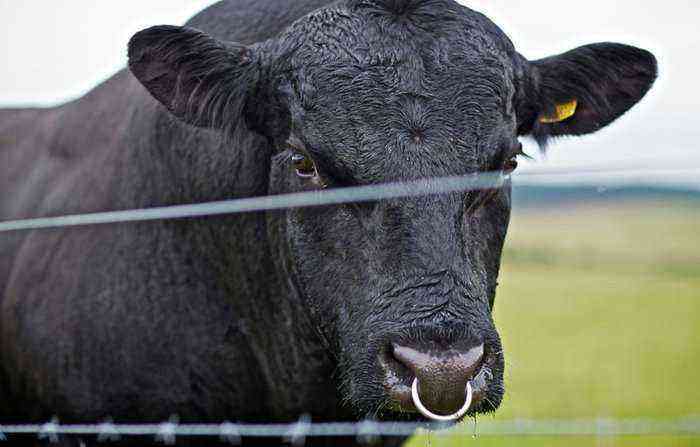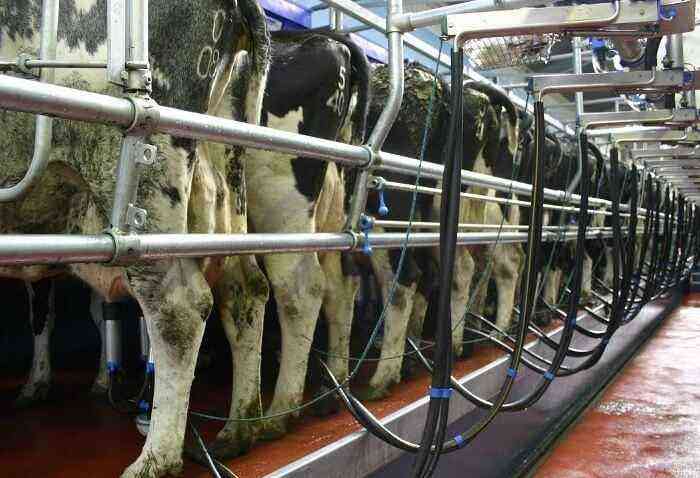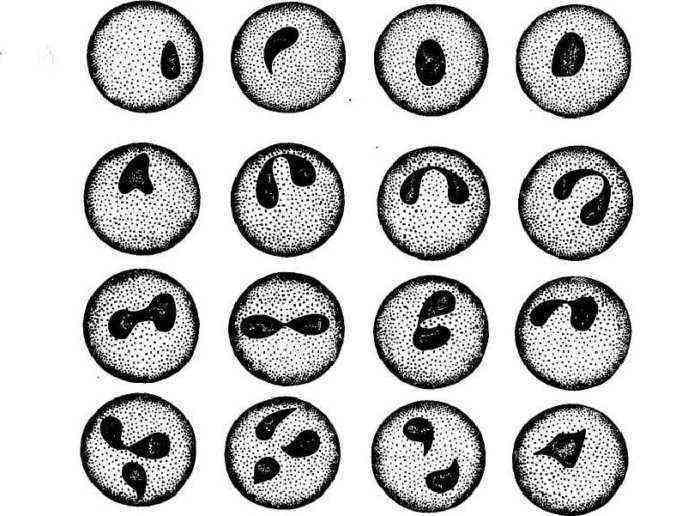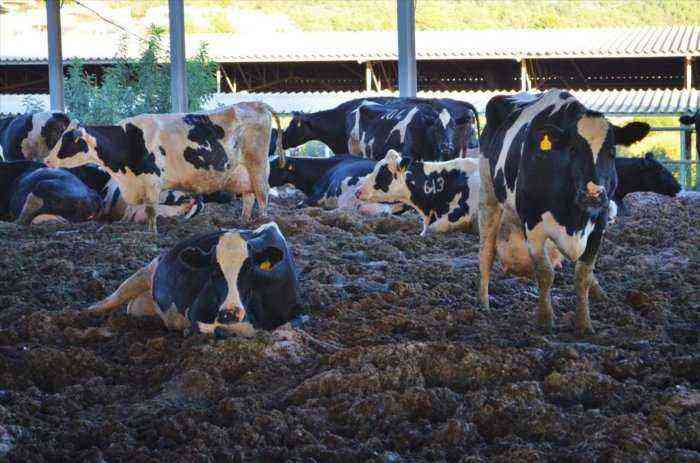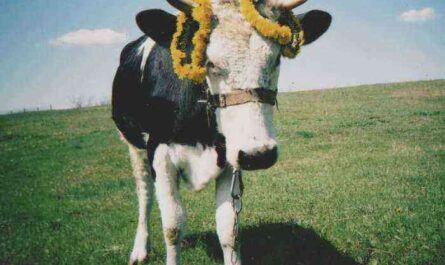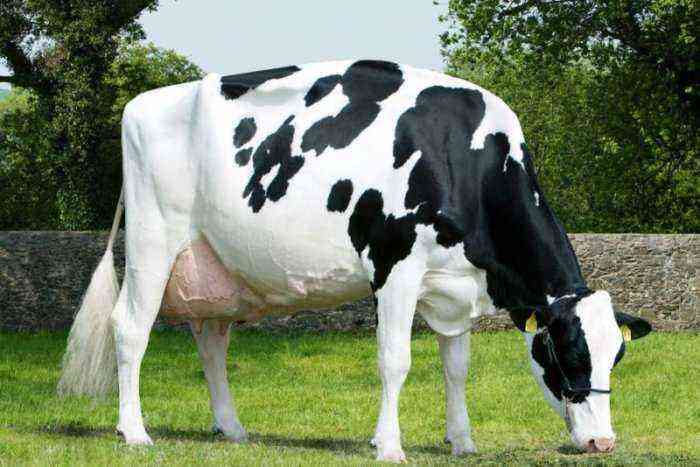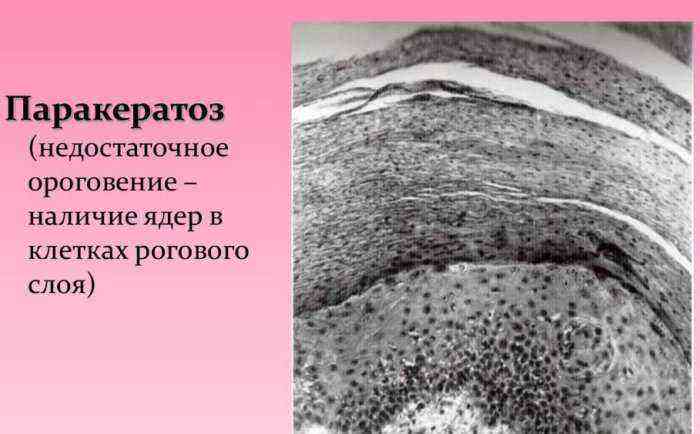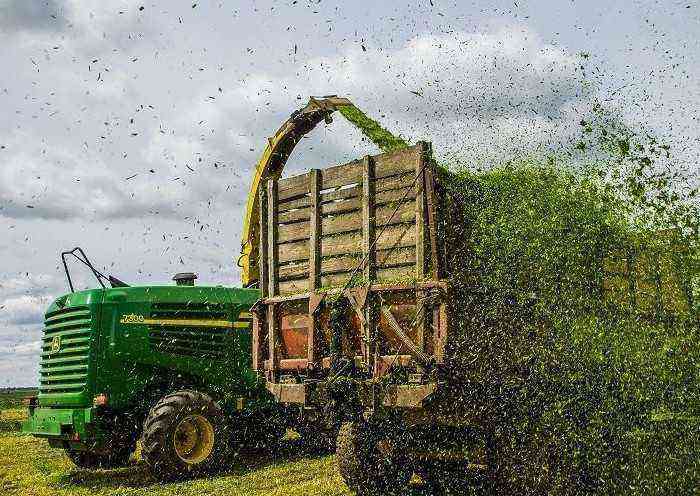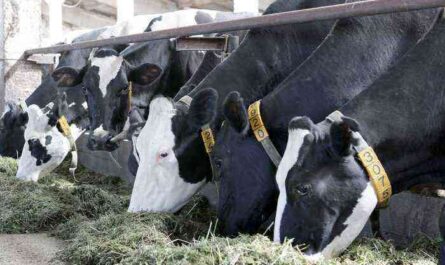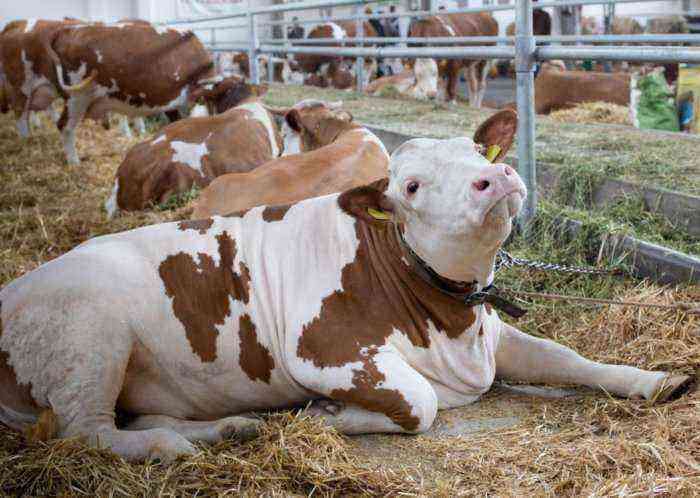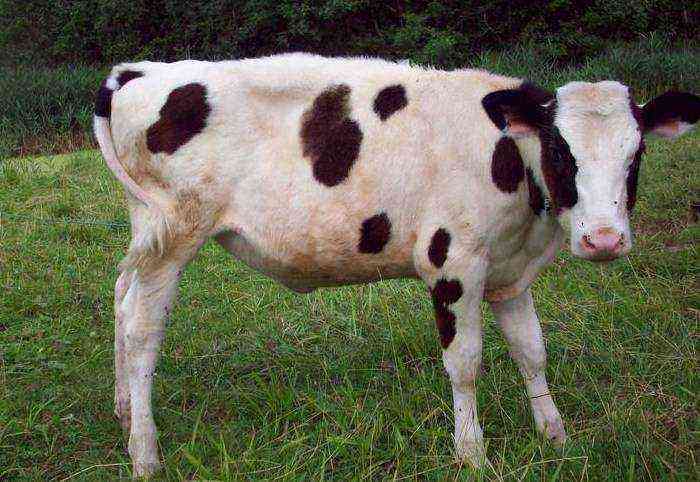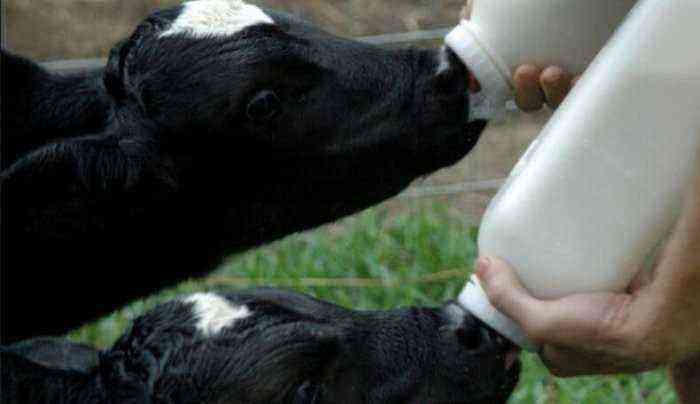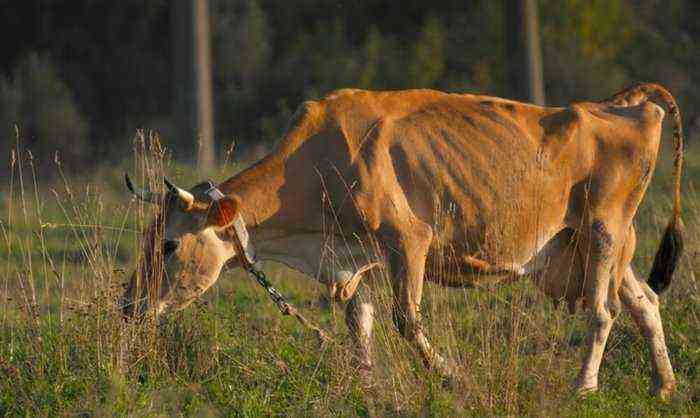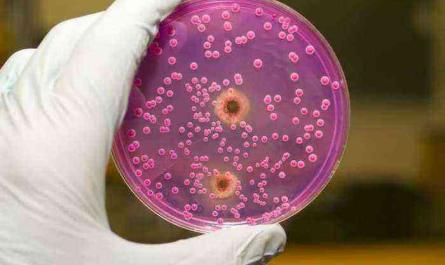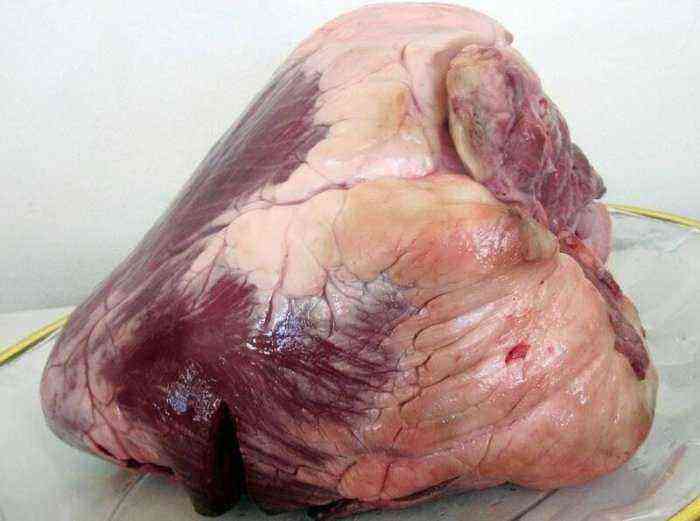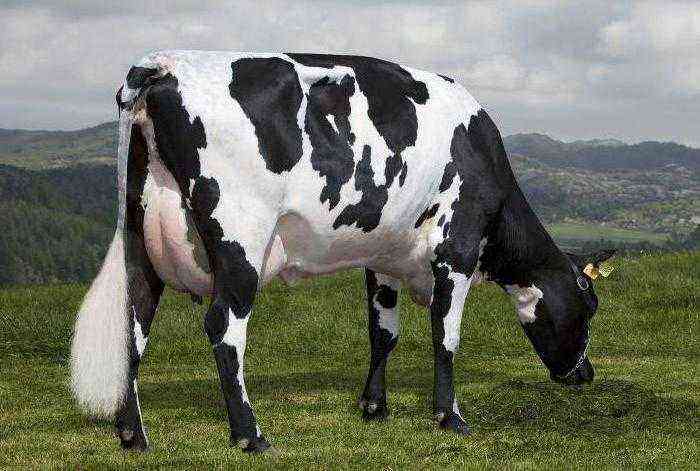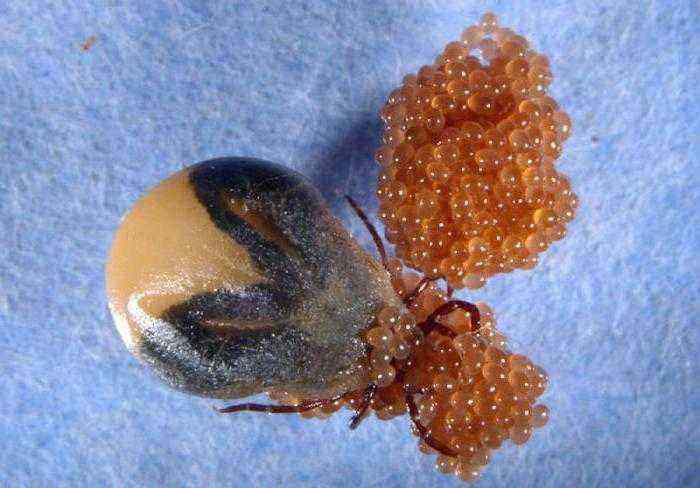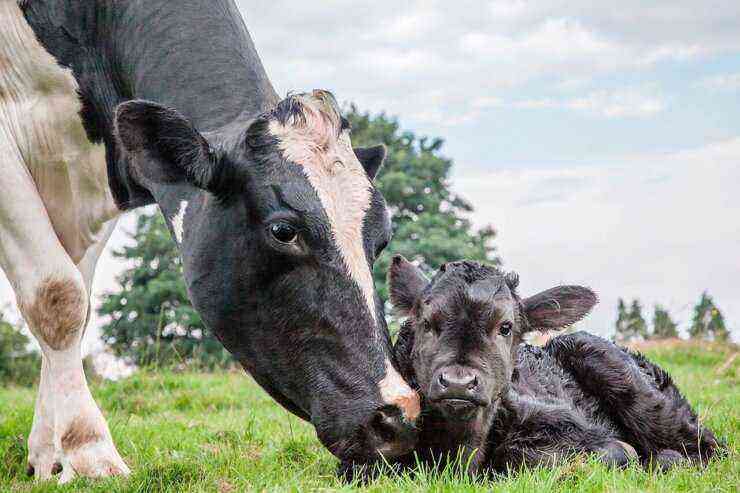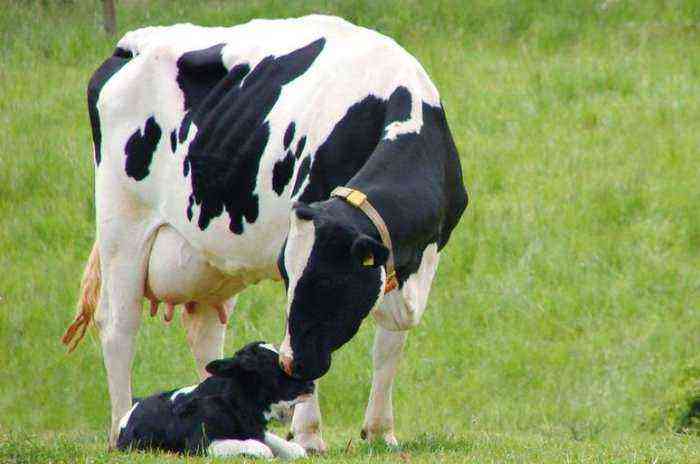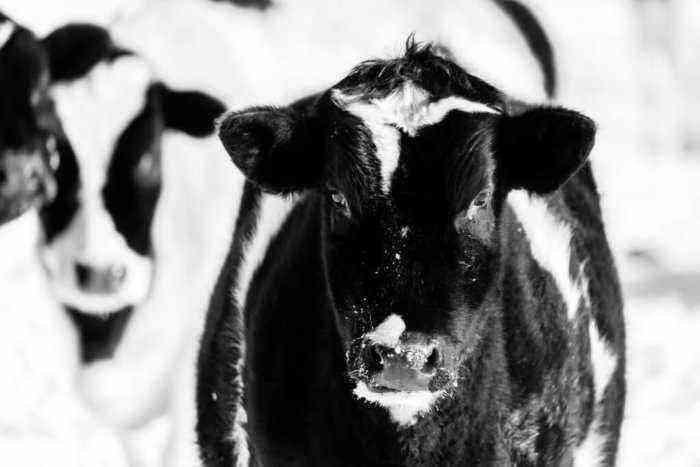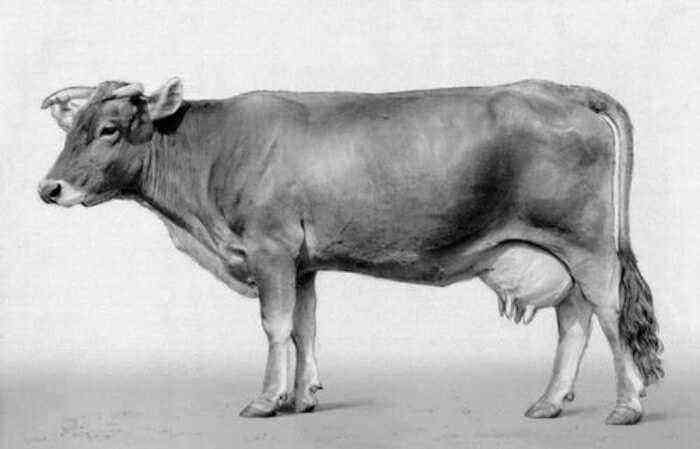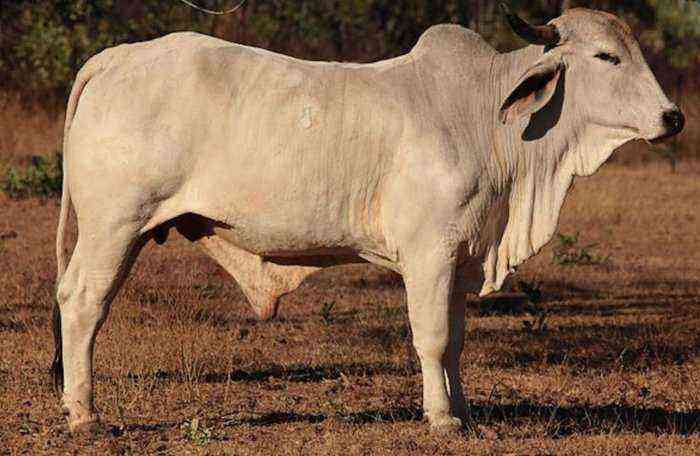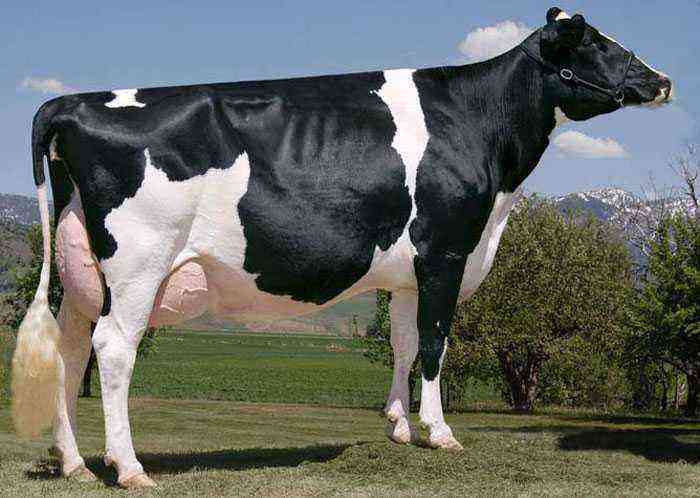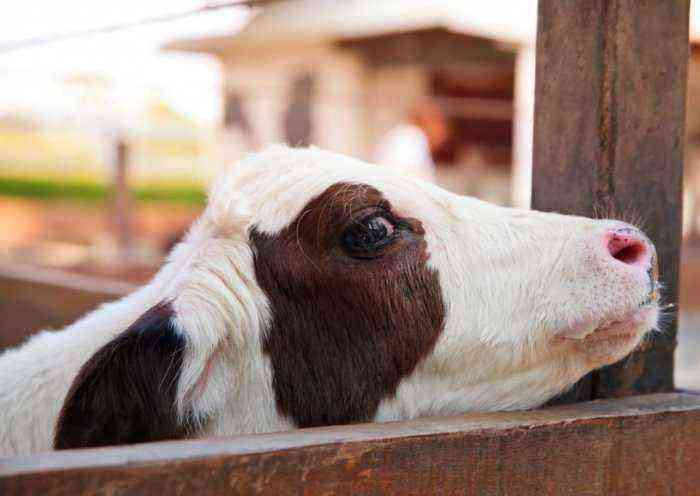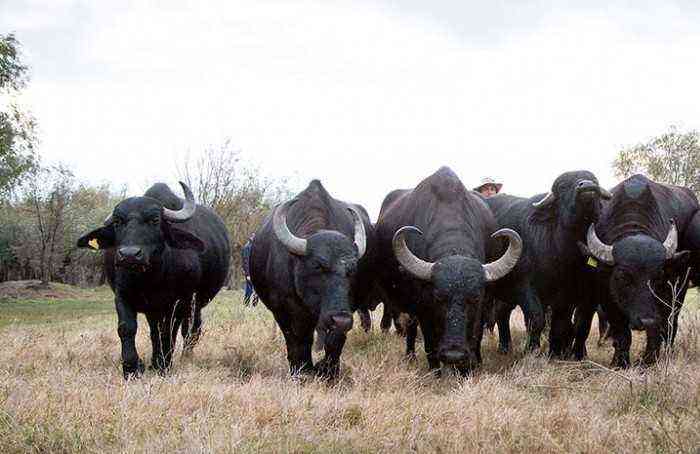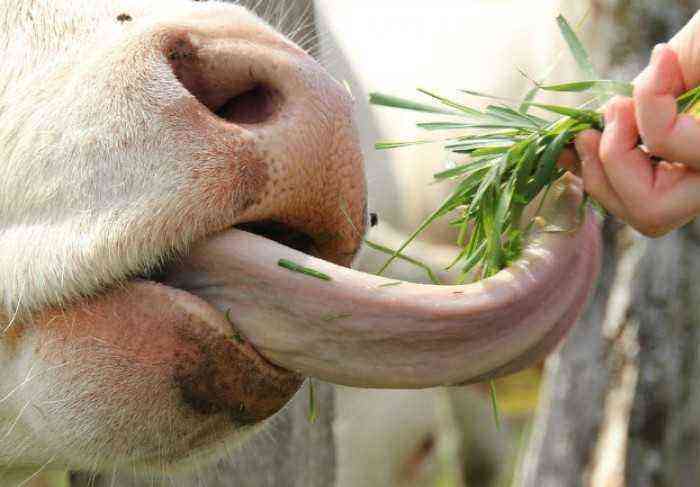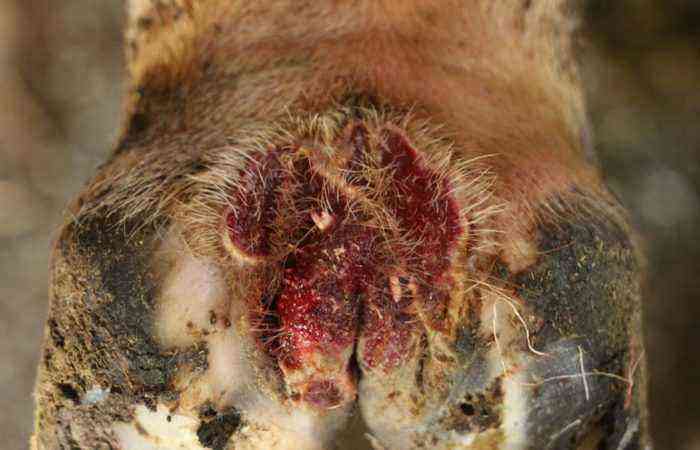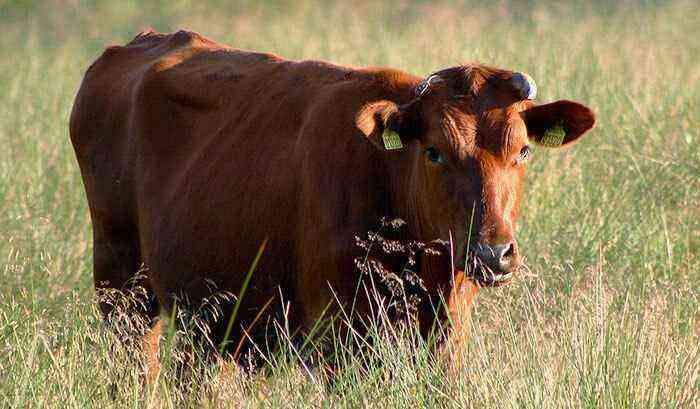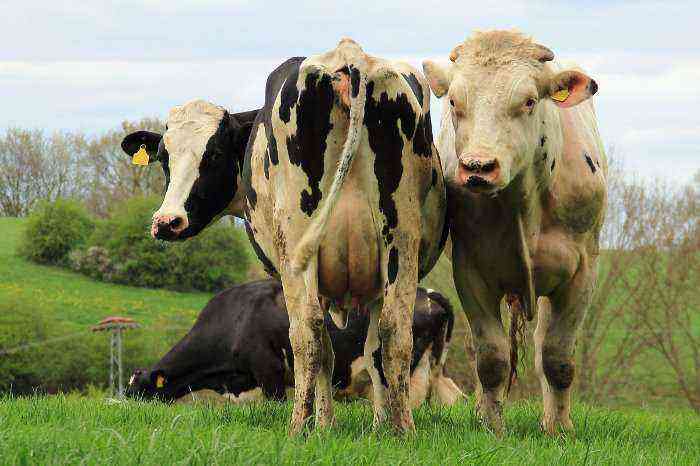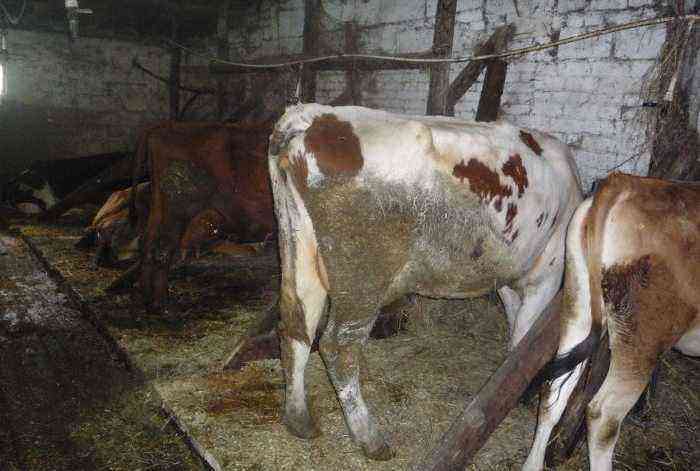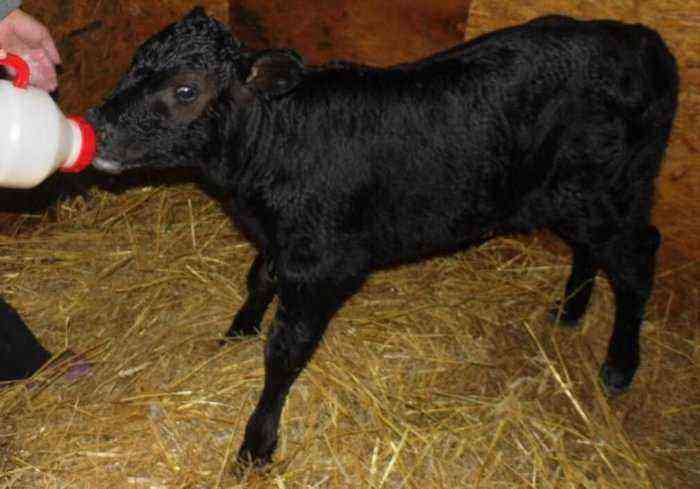Various diseases of cattle (cattle) in the absence of proper treatment can cause mass death. An example is bovine leptospirosis, which is a bacterial infection. It proceeds with damage to internal organs and is dangerous for pregnant animals and young animals.
cow with leptospirosis
What is leptospirosis?
Leptospirosis is a common bacterial disease in cattle. Its immediate cause is leptospira, predominantly of the species L. Interrogans. This pathogen is characterized by resistance in the external environment and tropism for cattle, especially young animals.
The source of infection is most often the excrement and urine of sick cows, the virus carrier of which often persists for 7 months. Small rodents are another source of leptospirosis. And the leading cause of occurrence often lies in the violation of the hygiene of places of detention and non-compliance with the rules for grazing animals. Transmission factors are feed, soil, bedding or water contaminated with leptospira.
In this regard, infection usually occurs through the alimentary route. As less common routes of transmission, aerogenic, sexual and intrauterine should be indicated. In addition, infection with leptospirosis through damaged skin and mucous membranes is possible. Outbreaks often occur during the warm season, when the risk of transmission is highest.
When ingested, leptospira penetrate the bloodstream, where they begin to multiply rapidly. The organism of an infected animal tries to get rid of the pathogen, which leads to the release of endotoxins. They are the cause of the clinical manifestations of the disease and can lead to the death of the animal. Therefore, it is so important to navigate the clinical picture of the disease.
Symptoms
The average incubation period for leptospirosis is 3 to 20 days. Cattle are characterized by a chronic and asymptomatic course of the disease.
But young animals often experience the following symptoms:

Temperature measurement in a sick calf
- temperature rise to 40°C and above;
- development of anemia followed by jaundice;
- the occurrence of atony of the pancreas, diarrhea and convulsions;
- disturbed breathing and rapid pulse;
- urine with a dark red tint;
- abortions of pregnant animals.
Other symptoms include painful urination, conjunctivitis, bruising and necrosis on the surface of the skin and mucous membranes. Often animals refuse to feed and become lethargic.
In the case of an acute course of the disease, the death of a sick animal occurs within 12-48 hours due to kidney failure or heart failure. In subacute or chronic course, the listed symptoms are less pronounced, but in the absence of therapy, they also lead to the death of the animal. Therefore, it is important to diagnose leptospirosis in the early hours after the onset of the first clinical manifestations and begin treatment.
Diagnostics
As the main diagnosis of leptospirosis, 3 main factors are used:
- availability of epizootological data (grazing animals in disadvantaged areas);
- detection of clinical signs and hematological changes (anemia, leukocytosis and hypoglycemia);
- detection of pathological changes.
But the final diagnosis is established only after laboratory tests in the form of microscopy, serological tests and histology. Leptospirosis is spoken of in cases where the causative agent of the disease is found in pathological material or when its culture is isolated.
Another reliable sign is the detection of antibodies to leptospira in more than 1/5 of the total number of cattle. In this case, an additional urine test (bacteriological) of suspicious animals will be required. In addition to all of the above, it is important to make a differential diagnosis with brucellosis, campylobacteriosis, listeriosis, chlamydia, and piroplasmidoses.

Cow urine for analysis
Treatment of leptospirosis
Treatment of established bovine leptospirosis is based on antibiotic therapy. Streptomycin is considered the most effective drug. In addition, the effectiveness of Amoxicillin 150, Floridox and Tialong has been proven. For specific treatment, injections of hyperimmune serum are additionally prescribed.
Infusion therapy in the form of intravenous infusions of glucose, Ringer’s solution and gemodez is also important. Of the heart drugs, caffeine benzoate is suitable. It is also important to perform endometritis prophylaxis in case of abortion in adult animals.
Sick cows should be isolated from healthy cows. Immunization of all animals suspected of being infected with leptospirosis is recommended. Additionally, it is necessary to carry out disinfection and exclusion from food of milk from sick cows.
Prevention
As a preventive measure in relation to leptospirosis, it is enough to carry out a few simple measures:
- regularly conduct clinical examination of animals:
- perform selective thermometry;
- it is mandatory to carry out current and general disinfection;
- examine animals in case of abortion (and the fetus too);
- conduct rodent control.
It is very important to quarantine incoming animals for 1 month and carefully choose pastures for grazing.
Conclusion
Leptospirosis, which occurs in cows, is registered in all countries of the world and can cause significant economic damage to any farm. That is why preventive measures of this disease are so important, as well as its timely detection with subsequent treatment of sick animals. Carrying out a full range of necessary measures will not only prevent the mass development of leptospirosis, but also eliminate the likelihood of its occurrence in the future.

